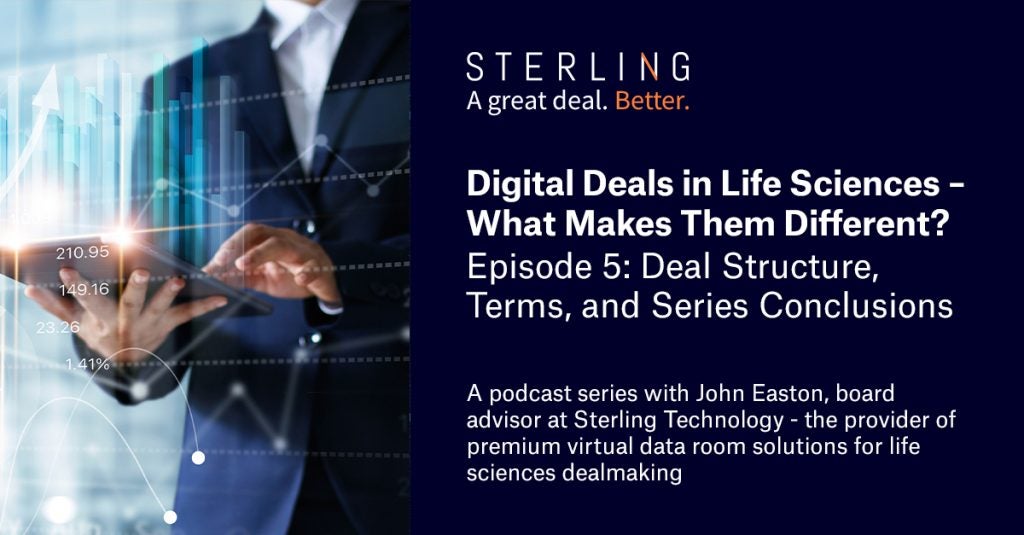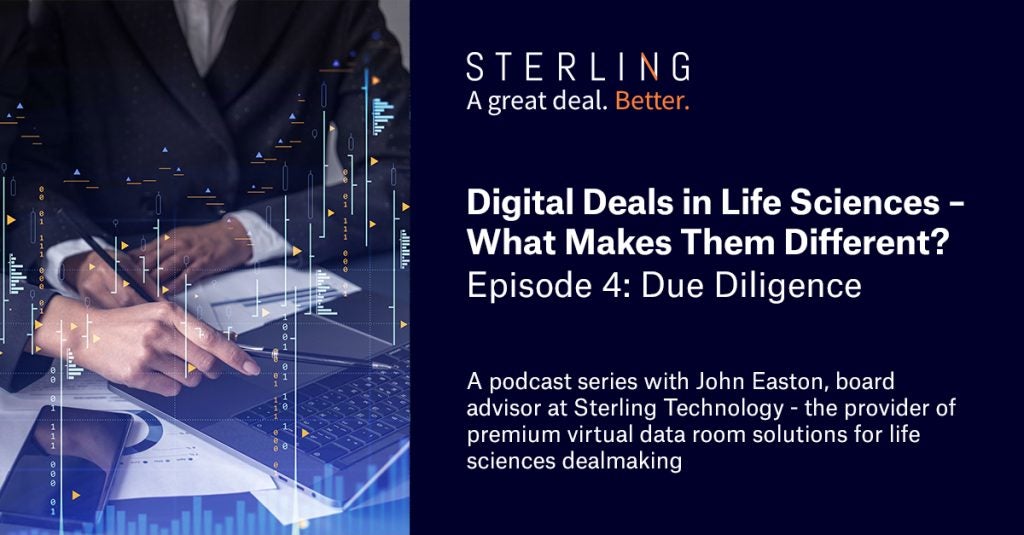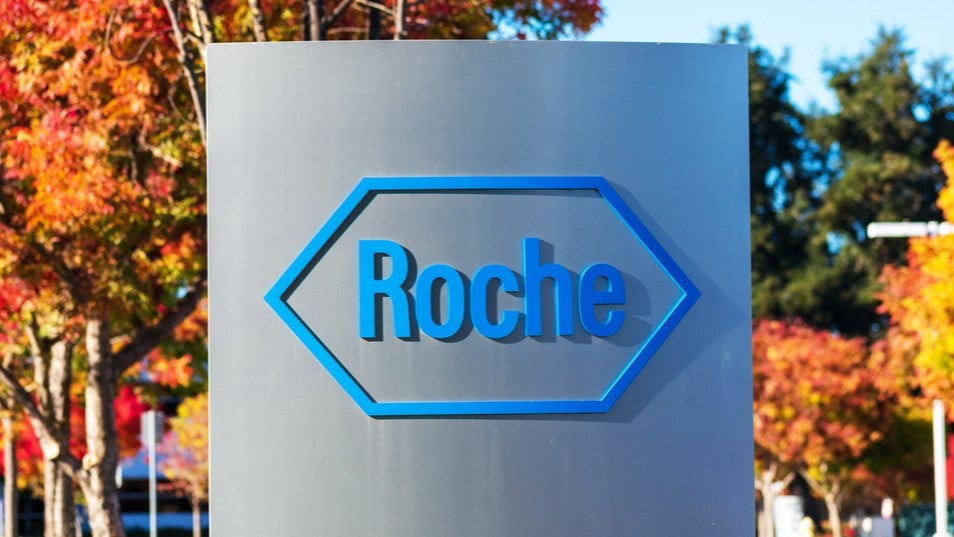Senseonics has been granted a patent for a sensing system that includes analyte sensing devices, an interface device, and a shared communication device. The system allows for parallel measurement sequences in response to unaddressed commands and different measurement sequences to minimize interference. The patent also covers a transceiver with a controller that calculates analyte concentrations, applies weightings, and adjusts weightings based on detected degradations in device performance. GlobalData’s report on Senseonics gives a 360-degree view of the company including its patenting strategy. Buy the report here.
According to GlobalData’s company profile on Senseonics, medical data analysis was a key innovation area identified from patents. Senseonics's grant share as of September 2023 was 40%. Grant share is based on the ratio of number of grants to total number of patents.
Patent granted for a transceiver with multiple sensing devices
A recently granted patent (Publication Number: US11775461B2) describes a transceiver system and method for analyzing analyte concentrations using multiple sensing devices. The transceiver includes a sensor interface device and a controller. The controller is configured to perform various functions, including initiating measurement sequences, receiving measurement data from the sensing devices, calculating analyte concentrations, applying weightings to the concentrations, and detecting and adjusting for device degradation.
The transceiver system operates by causing the first and second sensing devices to perform measurement sequences by conveying measurement commands through the transceiver interface device. The controller then receives measurement data from both sensing devices and calculates individual analyte concentrations based on this data. Weightings are applied to these concentrations, and a combined analyte concentration is calculated using the weighted values.
The system also includes mechanisms for detecting degradation in the performance of the sensing devices. The controller can detect and adjust for such degradation by analyzing the received measurement data and adjusting the weightings accordingly. Additionally, the controller can determine whether the analyte concentrations from the sensing devices are in agreement and whether the data pattern from the first sensing device indicates trustworthiness.
The method described in the patent involves using the controller of the transceiver to perform the same functions as described above. The method includes initiating measurement sequences, receiving measurement data, calculating analyte concentrations, applying weightings, detecting device degradation, and adjusting weightings accordingly. The method also includes conveying the combined analyte concentration to a display device and determining the agreement of analyte concentrations and the trustworthiness of the first sensing device.
Overall, this patent presents a transceiver system and method that allows for the accurate analysis of analyte concentrations using multiple sensing devices. The system includes mechanisms for detecting and adjusting for device degradation, ensuring reliable and trustworthy data. The method provides a step-by-step process for performing these functions and conveying the results to a display device.
To know more about GlobalData’s detailed insights on Senseonics, buy the report here.
Data Insights
From

The gold standard of business intelligence.
Blending expert knowledge with cutting-edge technology, GlobalData’s unrivalled proprietary data will enable you to decode what’s happening in your market. You can make better informed decisions and gain a future-proof advantage over your competitors.







